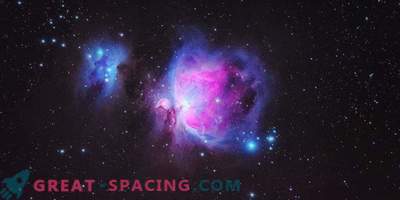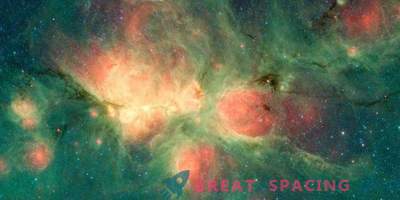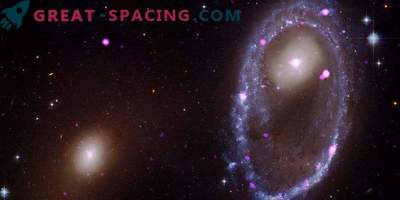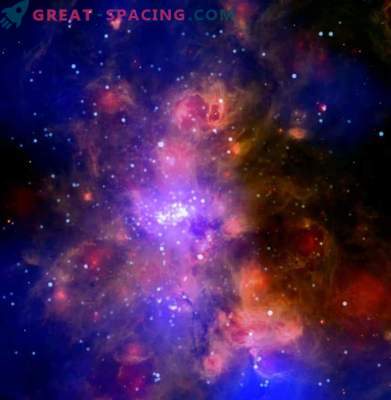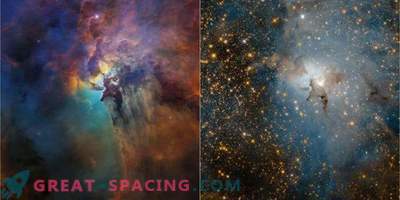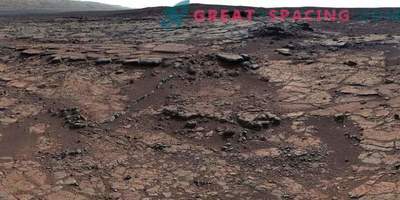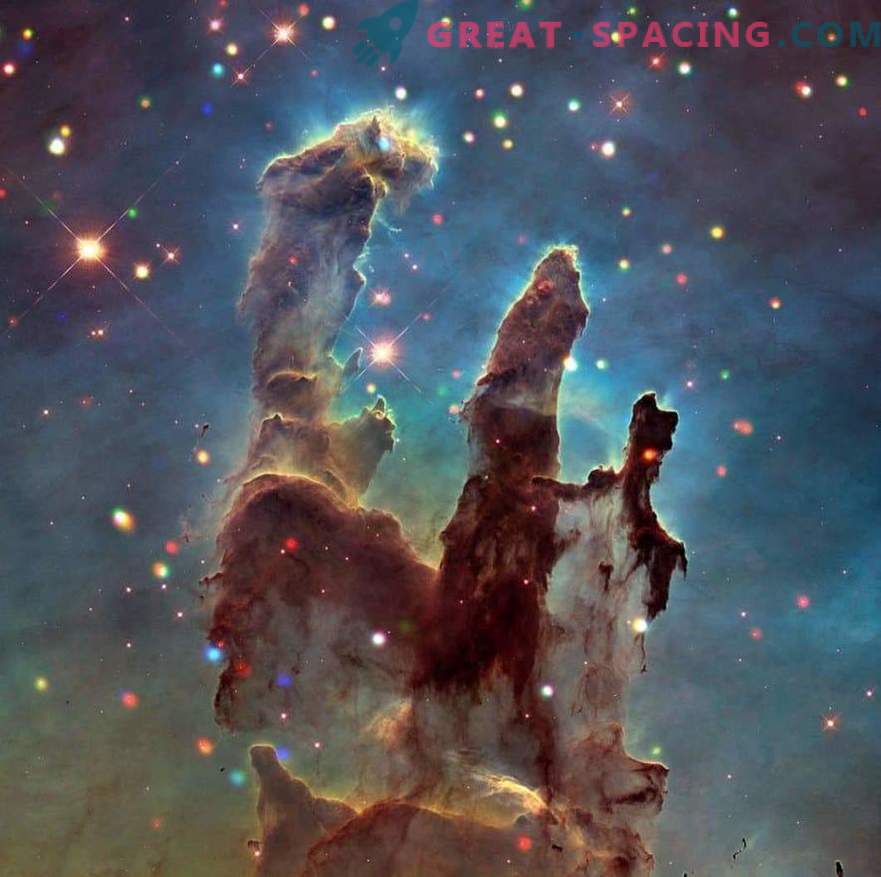
The young star cluster NGC 6611 resides in the Eagle Nebula (M16). It is also the site for a fascinating stellar birth region named the Pillars of Creation and located in the southern part of the nebula.
The new composite image shows the area around the Pillars, some 5700 light years distant from us. The image combines the X-ray data from the NASA Chandra Observatory and optical information from the Hubble Space Telescope. Optical vision is mined with filters to emphasize interstellar gas and dust, and features a dusty brown nebula immersed in a blue-green haze. Also noticeable are a few stars (pink dots). Chandra data displays x-rays from hot external star atmospheres (red, green, and blue).
With the help of Chandra, scientists were able to find more than 1,700 individual X-ray sources in the Eagle nebula. Optical and IR identifiers with stars were used to screen out random violators in the foreground or background. In addition, it allowed to determine that more than 2/3 of the sources are young stars from the NGC 6611 cluster. Chandra has the unique ability to resolve and detect sources of X-rays, which made it possible to identify hundreds of young stars and those that are in the process of formation (protostars). Infrared observations from the Spitzer Space Telescope show that 219 X-ray sources in the Eagle Nebula are young stars surrounded by dust and gas disks, and 964 are young stars that are devoid of these disks.
Also, the analysis showed that the activity of young stars with disks is several times less intense than that of their colleagues without disks. Most likely, this is due to the contact of the disk and the magnetic field of the star. An X-ray absorption analysis shows that almost all sources belong to the Eagle Nebula, not the Pillars of Creation.

